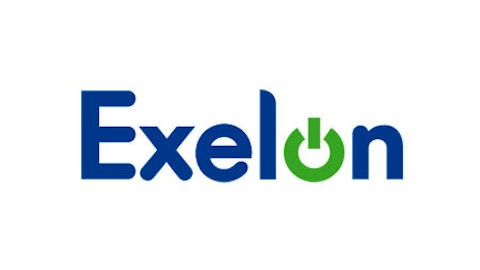20. The average age of a nuclear reactor in the United States is 32 years. Accounting for initial licenses and extension licenses, a nuclear reactor can operate for up to 60 years.
21. Southern’s two new reactors will produce 2,200 MW of electricity and cost a total of $14 billion.
22. The two new reactors will add capacity to Plant Vogtle, which has been certified as a conservation center by The Wildlife Habitat Council since 1993.
23. Uranium prices have fallen 70% since reaching an all-time high in 2007.
24. Even with that precipitous drop, uranium has had a difficult time keeping up with natural gas. In 2008, the average uranium-to-natural gas price ratio was just 0.21, but it more than doubled to 0.51 in 2012. Looks like coal isn’t the only energy source hurt by cheap natural gas.
25. Entrepreneur Seth Goldin recently compiled historical World Health Organization, or WHO, data to determine the global death rates for various energy sources. For every terawatt hour of electricity generation, there were 161 coal-related deaths, four natural gas-related deaths, 0.15 wind-related deaths, and 0.04 nuclear-related deaths.
26. A 2011 study (link opens PDF) conducted by the WHO determined that environmental noise causes enough stress each year to shorten European lifetimes 3.376 million years. In other words, as Europeans worry about doomsday nuclear scenarios, they lose, on average, three days of life each year from the noise of their car engines.
27. In 15,000 cumulative reactor years of global operation, only three major accidents have occurred (Three Mile Island, Chernobyl, and Fukushima).
28. Radiation exposure from abandoned medical equipment, which kills two to four people each year, is more deadly than living or working at a nuclear plant.
29. The newest nuclear reactors are designed to such strict safety controls that a degraded core or meltdown will occur at a 1-in-10 million-year frequency. As I stated, nuclear plants active today will operate for a maximum of 60 years.
30. The International Atomic Energy Agency has never confirmed the creation of a single radioactive zombie.
The WHO study on environmental noise (No. 26) demonstrates that the visibility of a threat, factual or not, can override the facts behind the threat. It’s much easier to fear nuclear energy after watching a fictional movie than to fear a silent killer such as noise or air pollution, which kill exponentially more people each year than nuclear power ever has. The potential for disaster exists with any large-scale energy project, but don’t forget that each is constructed to strict safety guidelines. Nevertheless, while no country should become overly dependent on any one energy source, it’s clear that nuclear power is a very important part of the global energy picture.
The article 30 Facts That Demystify Nuclear Energy originally appeared on Fool.com and is written by Maxx Chatsko.
Fool contributor Maxx Chatsko has no position in any stocks mentioned. Check out his personal portfolio or follow him on Twitter @BlacknGoldFool to keep up with his writing on energy, bioprocessing, and emerging technologies.The Motley Fool recommends Exelon and Southern.
Copyright © 1995 – 2013 The Motley Fool, LLC. All rights reserved. The Motley Fool has a disclosure policy.





